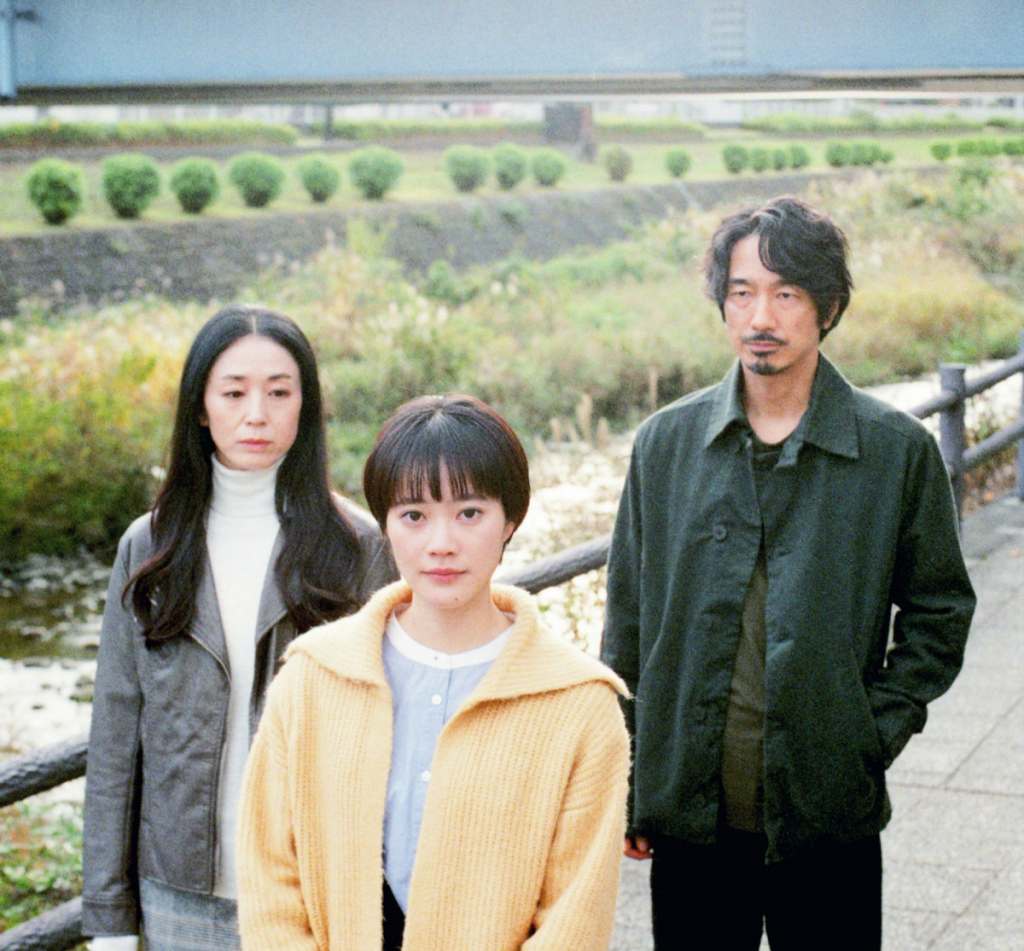3 min. read
In covering festival films extensively, you eventually come across a film like Following The Sound. It is directed by Kiyoshi Sugita and it’s definitely new ground for me on a feature level. The immediate presence you’re in from the top of the film has more to do with its atmosphere and slow burn tone and pacing. The movie is experimental and optics-focused in nature, which does less for it as a narrative top-to-bottom feature.
We firstly meet a woman named Haru (An Ogawa) who asks another woman sitting by herself for directions to a nearby eatery she can’t find. The woman, Yukiko (Yuko Nakamura), decides to walk with her, and when they get there, the place is closed, and Yukiko then decides to bring Haru home and share a meal then. A little later on, Haru is seen observing a man named Tsuyoshi (Hidekazu Mashima) from a distance, before the two are seen later one day talking for the first time while sharing a beer.
There are little nuances in both interactions to show something distinctive to interpret for viewers. Nothing much is made clear right away though, which makes the film a little more challenging, save for what we already see on screen. We know that Haru works in a bookstore and is part of a filmmaking workshop, one that Tsuyoshi can be seen partaking in along with his daughter who has a script of her own she would like to shoot.
Additionally, in passing moments throughout the film, we also see Haru gazing upon other people, almost as if she’s studying their behavior, or is possibly just fascinated by people in their own spaces of being. It’s a wild angle, yeah, but that’s really the only way I can gauge our main character and the events in this film.
That we do see Yukiko and Haru take a road trip via motorcycle though does add a little something more substantive to the optics. The trip is part of an endevaor to help track the sound of a river as recorded on a tape Haru’s mother left behind – the same tape Haru is seen listening to at the very top of the film.
The cinematography is very still, focused and tempered to befit precisely the kind of arthouse movie that might be your speed. All that’s left is to take in the characters in their essences, the interactions, the actions, and behaviors around one another. Apart from the airy, tranquil millieu of Sugita’s new drama, and the occasional tickle of the upper octaves of piano keys for the film’s soundtrack, the end recapitulates things with an emotional finish that matches all the subtleties this director goes for, and then some.
A lot of Following The Sound is open to interpretation, but the drama is great, the acting is beautiful, and it’s calm on the nerves and eyes. At a little over eighty minutes, feel free to follow the movie wherver your eyes take you, and simply expect to live in the moment that the movie is, in whole.
Following The Sound was reviewed for the 17th edition of Japan Cuts which runs from July 10 through 21.


